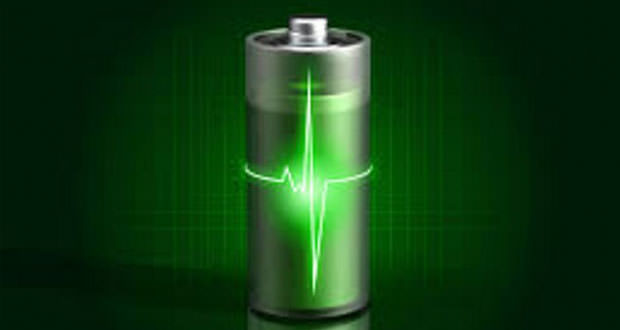A lithium-ion Aluminum is more secure, convenient and above all, has a greater longevity of the batteries produced with current technology. The Stanford researchers propose a project with attractive commercial potential.
A new type of flexible battery ion of aluminum is able to store the same energy of traditional lead-acid batteries and nickel-metal hydride battery but with the ability to recharge in just a minute. The new battery is also capable of withstanding a life cycle much more extensive than batteries made with traditional technologies. The design of the battery, born in laboratories at Stanford University under the supervision of a chemistry Professor Hongjie Dai, might hold commercial applications in the field of energy storage level power grid, as well as in the production of batteries for portable or wearable devices.
The aluminum ion batteries are an interesting alternative to lithium-ion batteries for a variety of reasons. First of all, aluminum is available in abundance and, for this reason, it’s cheap. It is a quite inert material, which leads to the realization of batteries safer and with a low degree of flammability. For the same reason, many research teams are working on alternatives to lithium-ion battery by studying the possibility of use of potassium, sodium and manganese. From the chemical point of view, the aluminum has three valence electrons compared to only one electron of lithium.
The reactions of a charge download moves then three electrons per atom, which means that an aluminum battery can hold three times the energy of lithium-ion counterparts.
From time scientists and researchers have attempted to produce batteries based ions of aluminum, but without finding an effective way to develop an appropriate chemical system. Among the various attempts: the use of anodes in aluminum solid, liquid electrolytes containing aluminum and various cathode materials such as manganese oxide, vanadium and polymers doped nanowires. The best of these systems showed low discharge voltages, a longevity of less than 100 cycles of charge / discharge and considerable decay in the capacity of energy storage. Furthermore, in all cases, the cathode showed a rather rapid degradation.
Dai and colleagues were able to devise a cathode which operates much better than those previously used and it is made from a foam three-dimensional graphite, highly porous and lightweight, made in the laboratory. The material can thus trap a large number of aluminum ions. The ions are moving fast in the material, thereby leading to download rather rapid charge times.
The researchers added to the cathode of graphite together with a thin aluminum foil as the anode and an electrolyte ionic liquid within a kind of pouch flexible. This structure, a real cell battery, can be recharged at a current density of 5 amperes per gram in about a minute and placing a specific capacity close to 70 mAh per gram, can be downloaded in about 34 minutes.
The energy density of the battery, of about 40 Wh per kilogram, is comparable to that of lead-acid and NiMH batteries. But longevity is much larger, approximately 7,500 charge cycles without loss of capacity. Although the lithium-ion batteries have a longevity significantly lower, amounting to about 1,000 cycles.
The new battery has a power density of 3,000 watts per kilogram, a feature that makes it very similar to a super capacitor. The only difference, and that makes a battery, is represented by the stability of the voltage with which the discharge takes place: a super capacitor is characterized by a discharge voltage that is reduced in a continuous manner.
Researchers are now working to refine the project and are looking for a cheaper alternative to the electrolyte ionic liquid that can make the battery more competitive in terms of trade, in addition to verifying the possibility of increasing the capacity of the energy storage graphite used to construct the cathode. Dai has said that already some companies have come forward to try to get a license for the use of technology.

